Your Time: Your Score:
1-2 Minutes
You did GREAT!
Pick another game.
3-5 Minutes
That's pretty good.
Play again to improve!
5 Minutes or More
Launch the EBook.
Learn more about this!
You did GREAT!
Pick another game.
That's pretty good.
Play again to improve!
Launch the EBook.
Learn more about this!
Our Sun is a gigantic ball of hot gases. The planets, comets and asteroids orbiting it make up our Solar System. Our Solar System floats in space, part of a spiral of stars called the Milky Way Galaxy. Stars come in all sizes and temperatures. Scientists call our sun a "Yellow Dwarf Star" and it is quite special. Because it is about 93 million miles away, it takes light 8 minutes to reach us! Which is the perfect distance away for life here on Planet Earth to exist.
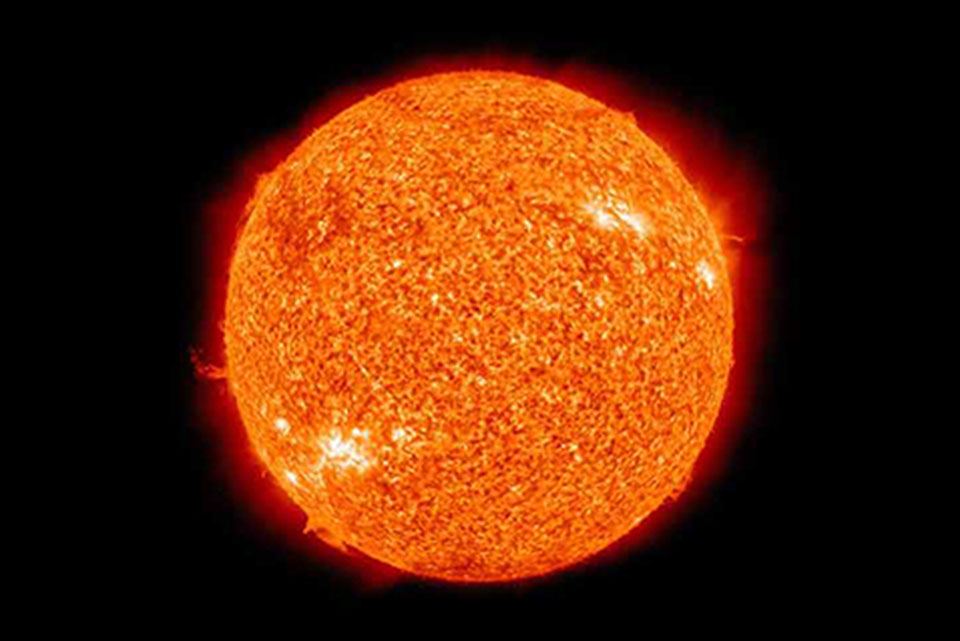
Mercury is the closest planet to the Sun and the smallest planet in our Solar System. Mercury has no moons, and its surface is covered with impact craters, ridges and cliffs. Mercury's weak atmosphere consists of atoms blasted off the planet’s surface by solar winds. The planet has a large iron core and thin outer layer. Mercury was first observed around the 14th century BC by Assyrian astronomers.
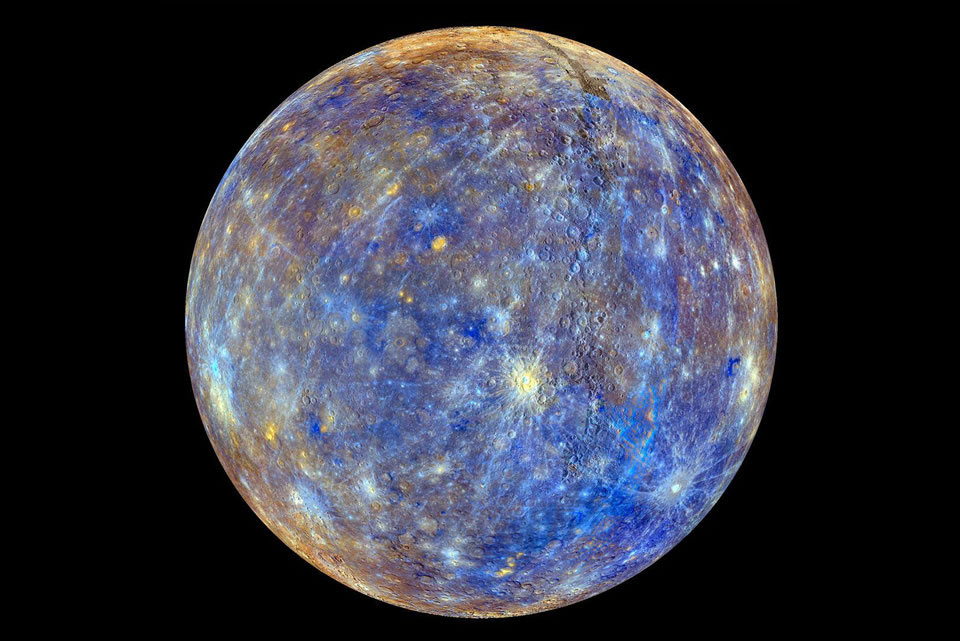
Venus is the second planet from the Sun and a little smaller than Earth. Gases in the atmosphere make Venus the hottest planet in our solar system - over 752°F! Venus has no magnetic field, and the planet’s atmosphere is always being blown away. Volcanic eruptions create new atmosphere to replace it. Ancient civilizations called Venus the Morning Star and the Evening Star because the thought Venus was really two planets.
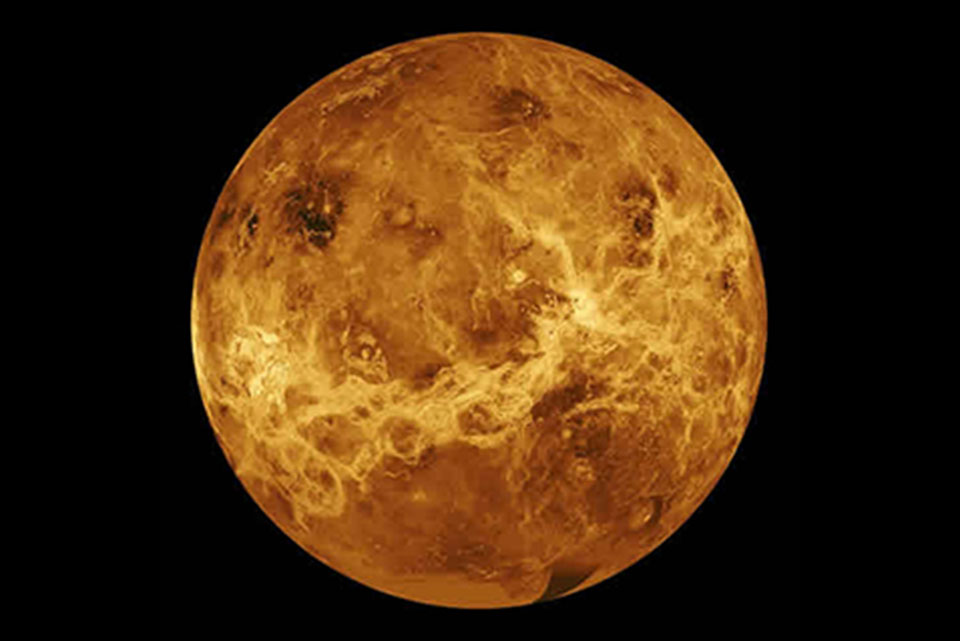
Earth is the third from the Sun. It has only one Moon that rotates around us every 30 days. 70% of Earth's surface is covered with water, and the rest of the surface is made up of continents that have lots of rivers, lakes and seas. Earth is far enough from the hot Sun, that it retains the water necessary to sustain life. Earth's breathable atmosphere is very different and unique in comparison to the other planets in our Solar System.
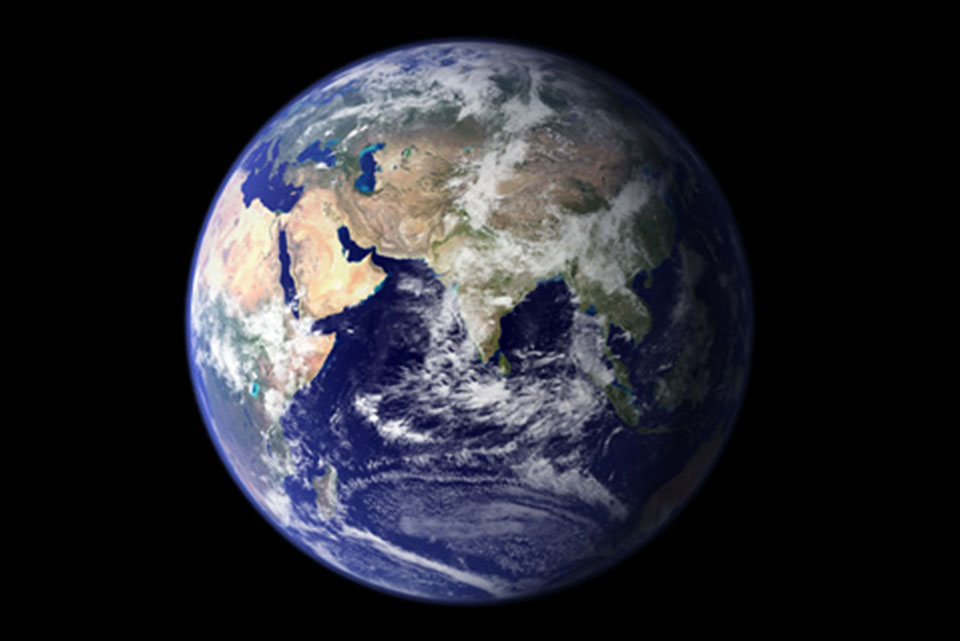
Mars is the fourth planet from the Sun and the second smallest planet in our Solar System. It has a thin atmosphere, volcanoes, valleys, deserts, and polar ice caps like planet Earth. Named after the Roman god of war, Mars is often described as the Red Planet because the reddish-colored iron on its surface. The existence of Mars in the night sky was observed by ancient Egyptian astronomers in 1534 BCE. In 2015, NASA announced the presence of briny flowing salt water on the Martian surface.
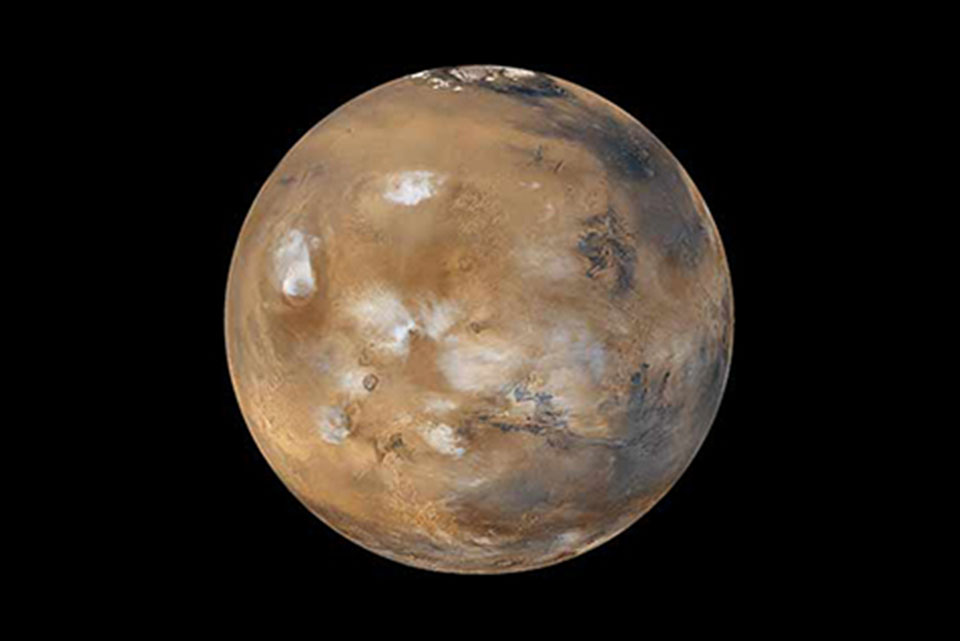
Jupiter is the fifth planet from the Sun and gigantic compared to other planets. Jupiter is a "Gas Giant" and has 67 known moons. It takes Jupiter almost 12 Earth years to orbit our Sun. It is the third-brightest object in the night sky after the Moon and Venus. Jupiter is composed mostly of the gasses hydrogen and helium. The stripes on Jupiter are different gasses swirling around the planet. The Great Red Spot is a huge storm that is 350 years old!
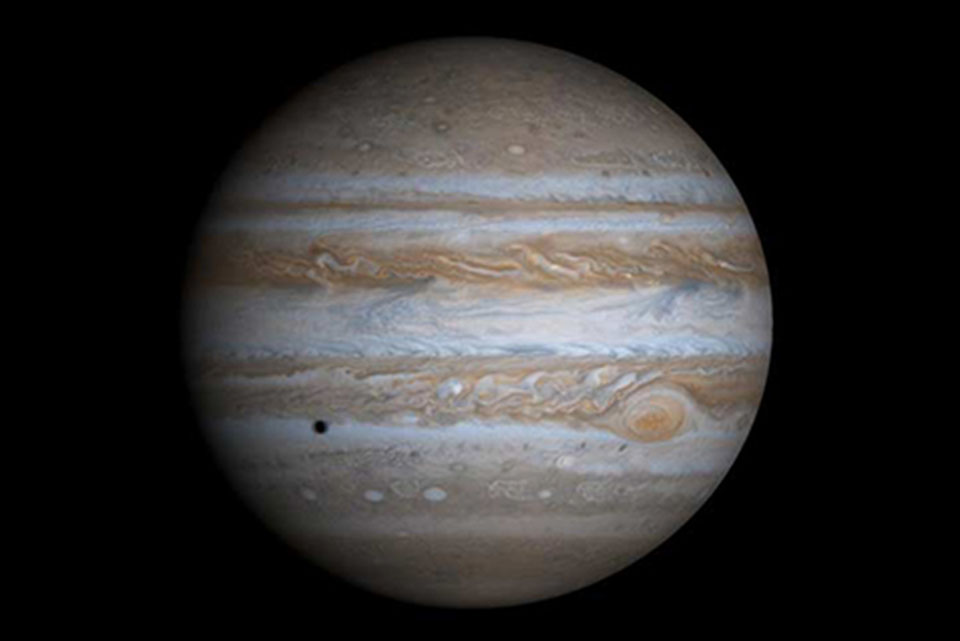
Saturn is the sixth planet from the sun. Saturn has 62 moons, and has beautiful rings of ice and rocks orbiting around it. Saturn is 60% the size of Jupiter, and also mostly made of up of gases. It takes Saturn almost 30 Earth years to orbit our Sun. Saturn’s existence has been known since prehistoric times, because it is visible in our night sky.
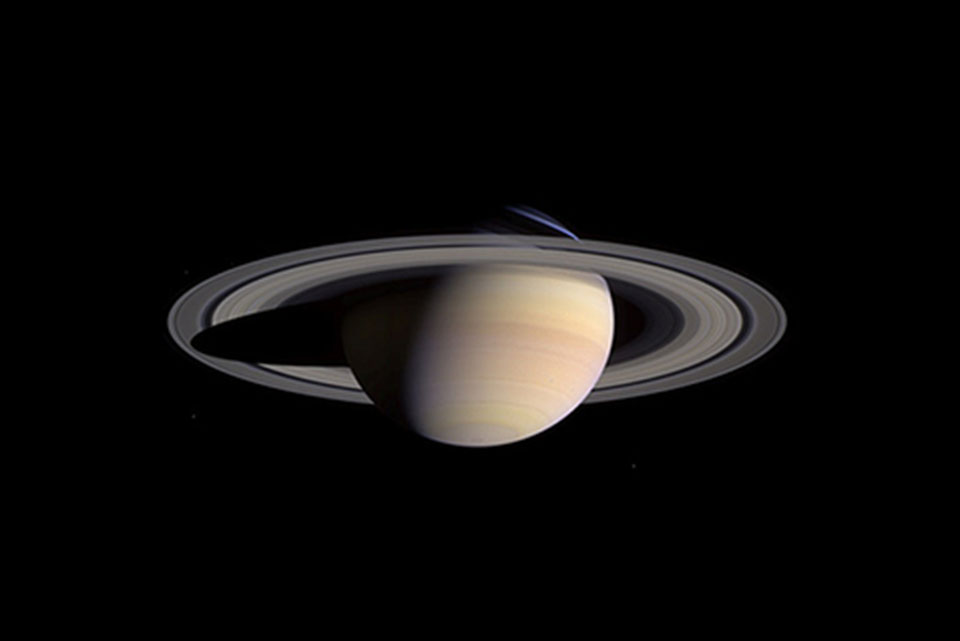
Uranus is the seventh planet from the Sun and is 14 times the size of Earth. It is known as an "Ice Giant" and has 27 moons. It takes Uranus 84 Earth years to orbit our sun. Unlike the other planets, Uranus orbits the Sun while tilted on its side. Uranus was the first planet to be discovered with a telescope by William Herschel, who wanted to name the planet George’s Planet, after the British monarch.

Neptune is the eighth planet from the Sun, and has 14 known moons. It has 17 times the mass of planet Earth. It is the farthest planet from our Sun, and the largest of the "Ice Giants". It takes Neptune almost 165 Earth years to orbit our sun. It's gasses are speeding around the planet in a giant, high-speed storm. Like Neptune's slightly smaller cousin Uranus, the planet's interior is ice and rock. Neptune has been visited by the spacecraft Voyager 2, which flew by the planet in 1989.

Score: